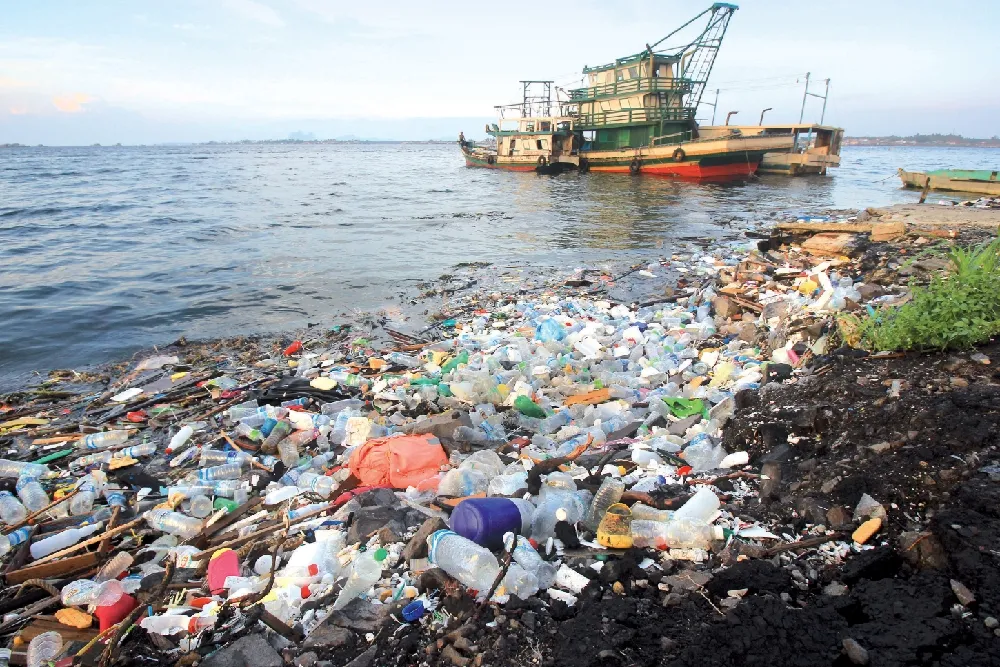Plastic, Chemical Pollution Threatening Aquatic Species and Food Chain, Says a Study
Excessive plastic and chemical waste are the major threatening causes of decline in the population of aquatic life both flora and fauna species.
This shocking revelation was made by a study that has been published by the International Pollutants Elimination Network (IPEW), a global coalition of environmental organizations, though, the study was not peer-reviewed.
According to the United Nations, humans have produced about 8.3 billion tons of plastic since the 1950s. Most of these plastics have ended up in either landfills or in the oceans. Furthermore, every year millions of tons of chemical and other toxic waste are released by industries into lakes, rivers, streams and oceans.

Excessive plastic and chemical waste are threatening aquatic life | Image: Open Edition
The study reveals that the fertility, behavior, resilience and survival capacity of aquatic species are being adversely affected by exposure to environmental pollutants. Industrial chemicals, pesticides, pharmaceuticals, heavy metals, plastics and microplastics are leading to a deleterious impact on the aquatic ecosystem.
Co-author of the report and aquatic veterinarian Matt Landos said,
The entire aquatic food web has been seriously compromised with fewer fish at the top, losses of invertebrates in the sediments and water column, less healthy marine algae, coral and other habitats, (and) a proliferation of bacteria and toxic algae blooms. Chemical pollution and climate change are the chief reason for these losses.
The study further discloses that the oceans are warming and are becoming more acidic as a result of increasing carbon dioxide deposition. The sea levels are increasing due to the melting of sea ice, glaciers, and permafrost. This has also lead to altering ocean currents, salinity, and oxygen levels.
The researchers have observed an increase in both de-oxygenated ‘dead zones’ and coastal algal bloom. They have warned that the impacts that have been identified by scientists are only likely to grow further in the coming years.
According to the Food and Agriculture Organization of the United Nations, a third of commercial fish stocks are harvested at biologically unsustainable levels. It revealed that 90 percent of fisheries are exploited to their maximum capacity.
The researchers have suggested that to stop further pollution, lower carbon and begin the restoration process, regenerative approaches are urgently required for aquaculture and agriculture.
Via: National Observer


